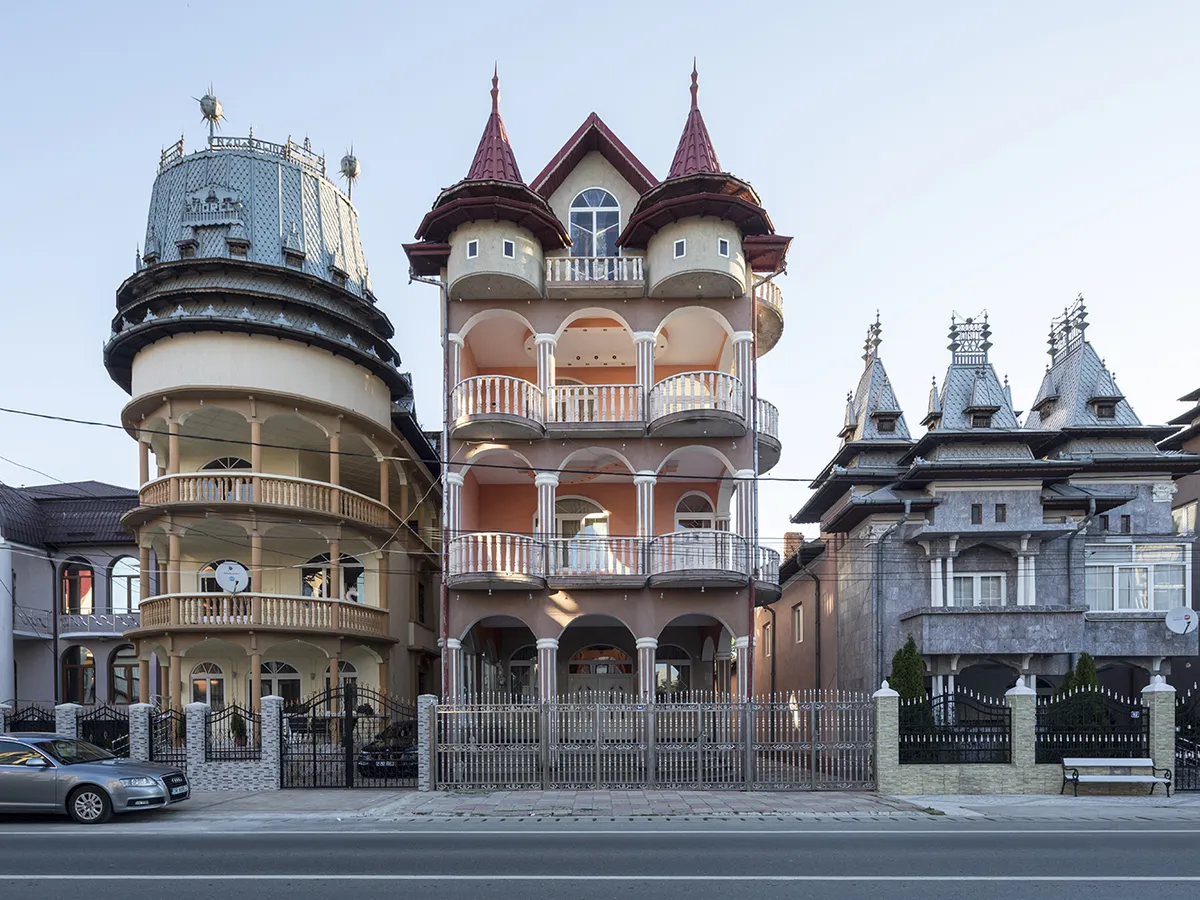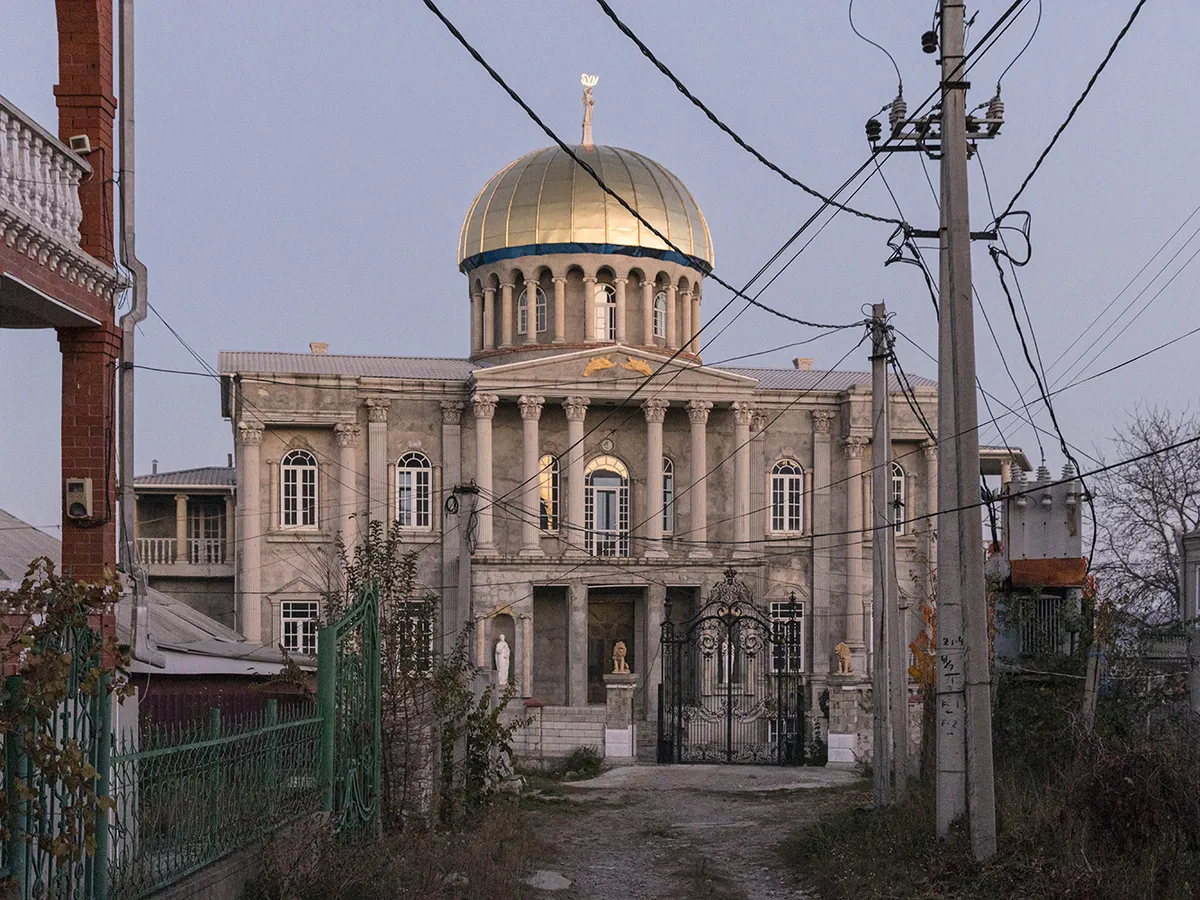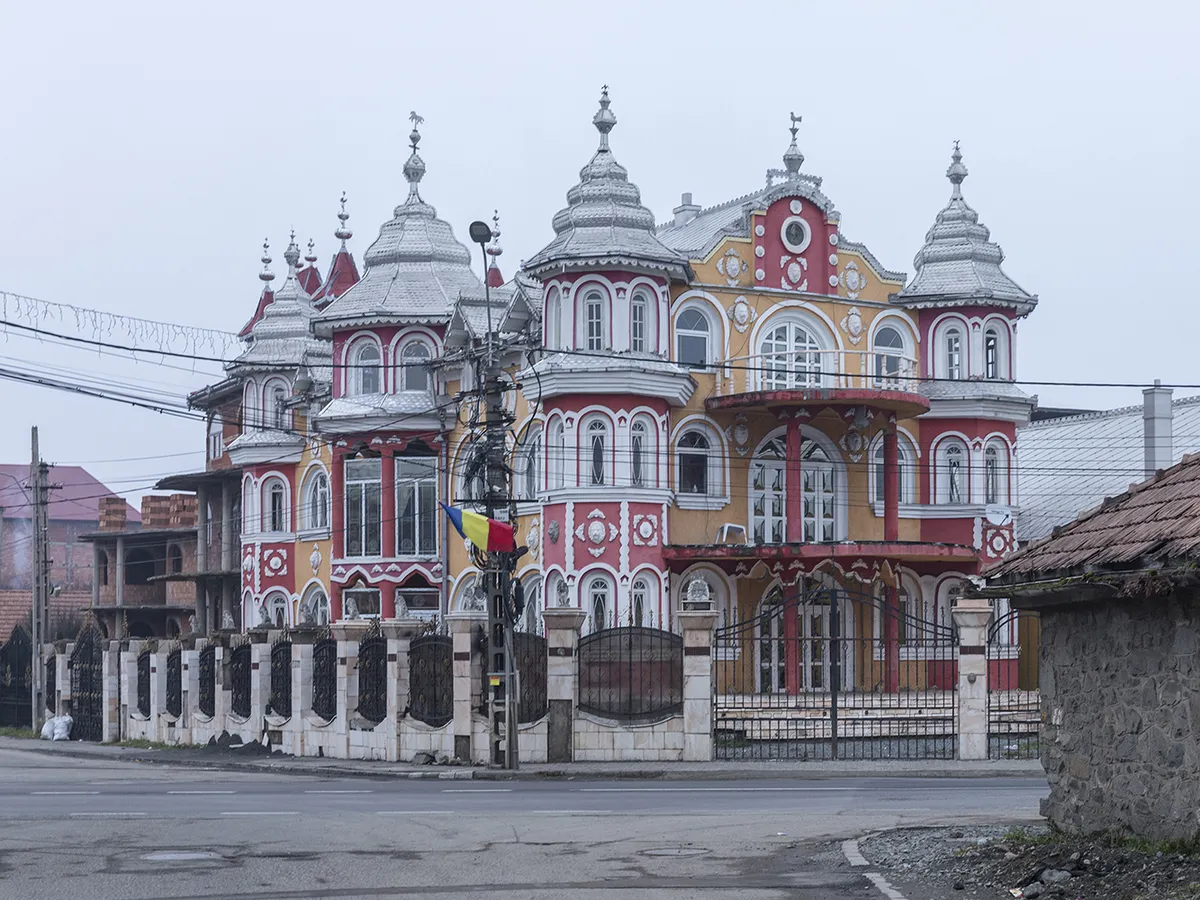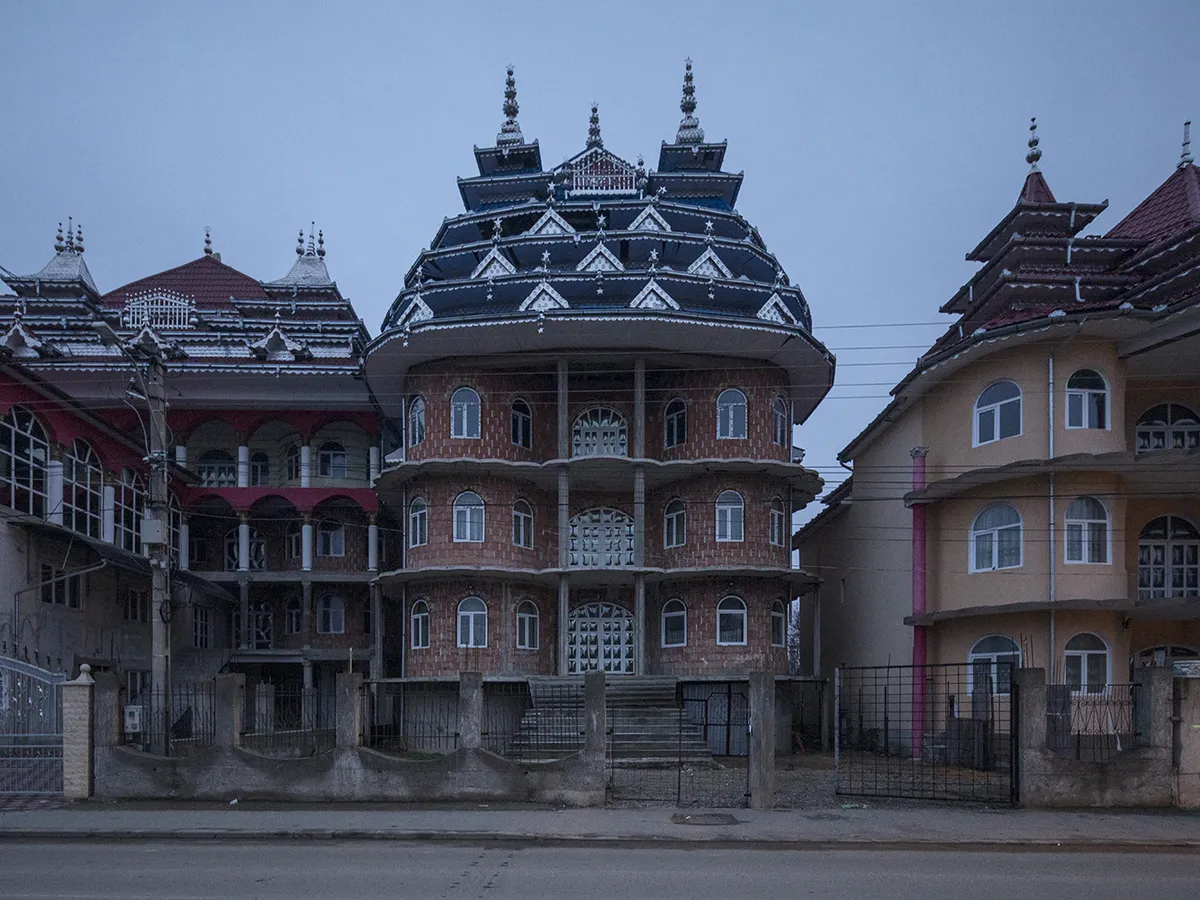
1/4

2/4

3/4

4/4

Author(s) / Team representatives
Laurian Ghinitoiu
Profession
artist
Website
Text presentation of the author in English
Laurian Ghinitoiu is an artist that unearths the stories of the people and processes embedded within the built environment. Using photography, videography, objects and instalations to blur the line between space, architecture, art, and image, his work critically explores the connections between architecture and its larger socio-economic contexts. What began as a curiosity for Ghinițoiu soon turned into a way of life taking him on a continuous journey around the world. Nomad for several years, this way of observing helps him understand the complexity of architecture and the built environment in the global context. Spontaneous meetings are the starting points of a series of ongoing conversations, books and exhibitions.
Project description in English
Is it the building from the $50 bill? … is it Disneyland? … is it an asian temple? … is it a French chalet? No, these are all Roma houses.
The Roma community in Romania, originating from India, has endured centuries of persecution, including 500 years of slavery under the church, the Holocaust, and oppression under communism. Following the 1990s, they began constructing opulent "palaces" to reclaim self-esteem and combat racism.
These palaces, though varied in aesthetics, details, and ornaments, are easily recognizable as part of the same cultural expression, especially to foreigners. The facades are inspired by all kinds of styles and symbols, probably unconsciously collected over time due to their nomadism. Built informally without architects, and sometimes defying gravity, behind the facades, the structures primarily protect dowries and host rituals for significant life events such as birth, marriage, and death. They symbolize resilience, cultural pride, and community unity, helping the Roma maintain their heritage and assert their presence in society. Despite historical adversities, the Roma have preserved their cultural identity through these visual and symbolic means, showcasing their ability to adapt and thrive while challenging stereotypes and misconceptions.



